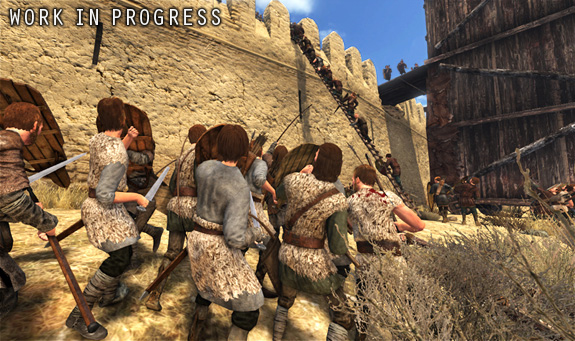

Although there is no doubt that they did carry out many raids in Ireland, the nature of their contact with Ireland is far more complex than this. Up to relatively recently, historians tended to reflect the sentiments of the Irish annalists, portraying the Vikings merely as marauders. In the late Viking age control of and its powerful fleet became a prime concern to any hopeful holder of kingship of Ireland. Studies of loan words from Old Norse to Irish shows the Viking impact on ships and shipping and evidence from archaeological excavation in Viking Dublin shows that ships were being built here according to Scandinavian methods. The fact that we have silver ornaments clearly made by Irish craftsmen indicates that significant amounts of silver found its way into Irish hands.įact: The Vikings popularised new art styles and probably popularised the wearing of shoes with separate soles and uppers, as well as the wearing of trousers. Other forms, such as torcs made of twisted silver wires, are less common. Arm rings are hammered from a bar of silver, and sometimes bear stamped ornament. Viking Age silver in Ireland was converted into a variety of brooches and arm rings. These contain a combination of ornaments, chopped pieces of silver known as hack silver, ingots and coins. About 150 coin hoards are known from Ireland. Silver was acquired by trade, exchange and plunder, and came to Ireland largely in the form of coins which were melted down and made into ornaments. New trade routes were opened up by the Vikings into the silver- and gold-rich markets of Asia.

Dublin and Ireland became part of a wider international trade network than ever before.

The first use of money in Ireland dates from 997 when Dublin started minting Ireland's first coins. In the tenth century, Vikings established towns at Dublin, Waterford, Limerick, Wexford and possibly Cork. This force was probably in the form of lay tenants, and there are a number of records of battles prior to the advent of the Vikings to the Irish scene. A number of monasteries, such as Clonmacnoise, maintained some form of militia. Clearly the main target was the large wealthy monastic foundations such as Glendalough, Kildare and Clonmacnoise.Īlthough the Irish annals tell of the horror of the Viking raids and the destruction inflicted upon the monasteries, warfare was not new to Ireland. Many monasteries were never attacked, and attacks were not equally severe. It is not likely that Vikings were responsible for the decline of the church and monastic culture. The effects of the earliest attacks on Ireland are difficult to estimate. The Vikings did not only fight against Irish: by the mid-ninth century they served as mercenaries in battles between Irish kings. In this early period the principal targets were the monasteries which were the only large centres of population and wealth and the main quest was for loot and slaves. Some of these ship fortresses, or longphuirt, such as Dublin, Waterford and Wexford, were later to develop into towns but others, such as the ship base at Annagassan, Co. By 841 the annals report that the Vikings were already spending the winter in Ireland, using temporary ship fortresses as bases for more extensive raiding. Later, the attacks became more frequent and fleets of Viking ships appeared on the major rivers such as the Shannon, Boyne, Liffey and the Erne. Rathlin Island on the north east coast was attacked and in the same year Inishmurray, Co.


 0 kommentar(er)
0 kommentar(er)
